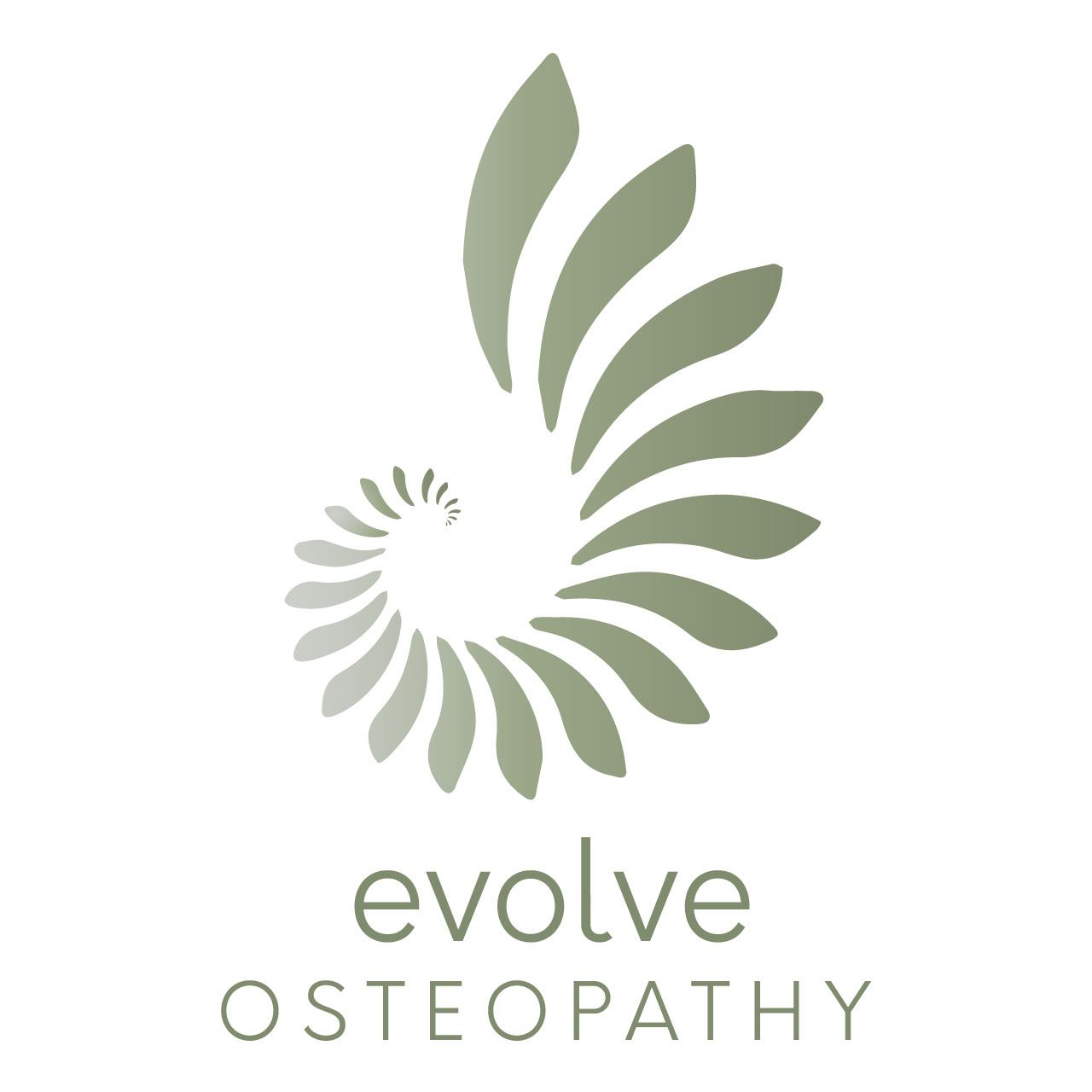Temporomandibular joint (TMJ) dysfunction is a condition that affects the joints connecting your jawbone to your skull. It can cause pain, discomfort, and difficulty in opening or closing your mouth properly. While there are various treatment options available for TMJ dysfunction, one alternative approach that has gained popularity is osteopathy. Osteopathy is a manual therapy that focuses on the musculoskeletal system to promote healing and relieve pain. In this article, we will explore the role of osteopathy in TMJ treatment, the techniques used, and the benefits and considerations of choosing osteopathy as a treatment option.
Understanding TMJ Dysfunction
TMJ dysfunction is characterized by pain or discomfort in the jaw joint and surrounding muscles. It can be caused by a variety of factors, including misalignment of the jaw, teeth grinding, stress, arthritis, or trauma to the jaw. Common symptoms include jaw pain, clicking or popping sounds when opening or closing the mouth, headaches, earaches, and difficulty in chewing or speaking properly. TMJ dysfunction can significantly impact a person’s quality of life, making it essential to seek appropriate treatment.
The Role of Osteopathy in TMJ Treatment
Osteopathy focuses on restoring the body’s natural balance and harmony through manual techniques. When it comes to TMJ dysfunction, osteopathy aims to address the underlying causes of the condition rather than solely treating the symptoms. Osteopathic practitioners believe that the musculoskeletal system is interconnected, and any imbalance in one area can affect other parts of the body. By using manual techniques, osteopaths can identify and treat dysfunctions in the jaw joint, surrounding muscles, and other related structures, helping to alleviate pain and restore proper functioning.

Osteopathic Techniques for TMJ Relief
Osteopathic treatments for TMJ dysfunction may include a range of techniques tailored to the individual’s specific needs. These techniques can include gentle manipulation of the jaw joint, stretching and mobilization of surrounding muscles, myofascial release, and craniosacral therapy. Osteopaths also consider the patient’s lifestyle, stress levels, and posture, as these factors can contribute to TMJ dysfunction. By addressing the underlying causes and using a holistic approach, osteopathy aims to provide long-term relief from TMJ dysfunction.
Benefits and Considerations of Osteopathy for TMJ
One of the significant benefits of choosing osteopathy for TMJ dysfunction is its non-invasive nature. Osteopathic treatments do not involve surgery or medication, making it a safe and natural approach for those seeking relief from TMJ symptoms. Additionally, osteopathy looks beyond the local area of pain to identify and address any contributing factors, promoting overall health and well-being. However, it is important to note that while osteopathy can be effective for many individuals with TMJ dysfunction, results may vary. It is essential to consult a qualified osteopath to determine the most appropriate treatment plan for your specific condition.
Osteopathy for TMJ Dysfunction
TMJ dysfunction can significantly impact a person’s daily life, causing pain and discomfort when performing simple tasks like eating or speaking. While there are several treatment options available, osteopathy has emerged as a holistic and non-invasive approach for addressing TMJ dysfunction. By focusing on the musculoskeletal system and using manual techniques, osteopathy aims to restore balance, relieve pain, and improve the overall functioning of the jaw joint and surrounding structures. If you are experiencing TMJ dysfunction, consulting with a qualified osteopath may provide you with valuable insights and an effective treatment plan to alleviate your symptoms and improve your quality of life.



